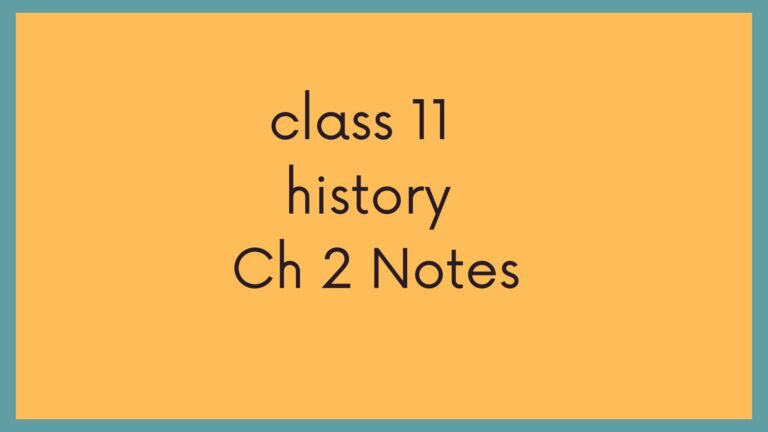Class 10 English Chapter 4 Question Answer | From the Diary of Anne Frank Important Question Answer
In this article, you will find the Class 10 English Chapter 4 Question Answer. From the Diary of Anne Frank, Important Question Answer can be very useful for you if you are preparing for the CBSE Class 10 board exams. Read the complete article to get the best score.

Introduction
“From the Diary of Anne Frank” is an emotional and historical excerpt taken from The Diary of a Young Girl by Anne Frank. This chapter features the reflections, dreams, and struggles of Anne—a young Jewish girl in hiding during World War II. For CBSE students, understanding this chapter offers not just a glimpse into a tragic historical period but also reveals the universal nature of teenage thoughts, hopes, friendships, and fears.
Class 10 English Chapter 3 Question Answer | Two Stories About Flying Important Question Answer
Extract-Based Questions
Extract 1:
“Writing in a diary is a really strange experience for someone like me. Not only because I’ve never written anything before, but also because it seems to me that later on neither I nor anyone else will be interested in the musings of a thirteen-year-old schoolgirl…”
Q1.
Why does Anne feel writing in a diary is a strange experience?
A.
Anne finds writing in a diary strange because she has never written anything like it before. She also believes that nobody, not even herself, would be interested in the thoughts of a thirteen-year-old girl.
Q2.
What word does Anne use to describe her diary and why?
A.
Anne calls her diary ‘Kitty’ to make it feel like she is writing to a true friend with whom she can confide her personal feelings.
Extract 2:
“I argued that talking is a student’s trait and that I would do my best to keep it under control, but that I would never be able to cure myself of the habit since my mother talked as much as I did, if not more, and that there’s not much you can do about inherited traits…”
Q1.
What argument did Anne give in her essay titled ‘A Chatterbox’?
A.
Anne justified her talkativeness by saying it is a characteristic of students and claimed it was inherited from her mother. She acknowledged she would try to control it, but could never completely overcome it.
Q2.
How did Mr. Keesing react to Anne’s argument?
A.
Mr. Keesing laughed at her argument and seemed amused by her creative reasoning, even though he was initially annoyed by her talking.
Class 10 English Chapter 4 Question Answer – Short Answer Questions
Q1.
Who was Anne Frank?
A.
Anne Frank was a Jewish girl born in Germany who, along with her family, went into hiding during the Nazi occupation of the Netherlands. She wrote a diary that became a famous account of life during wartime.
Q2.
Why did Anne start writing a diary?
A.
Anne started writing a diary because she felt lonely and lacked a true friend with whom she could share her secrets and thoughts. She found comfort in expressing herself to her diary, “Kitty”.
Q3.
Why was Anne’s entire class nervous?
A.
Her class was nervous because the teachers were going to decide who would move up to the next form and who would be kept back.
Q4.
Why was Mr. Keesing annoyed with Anne?
A.
Mr. Keesing, Anne’s math teacher, was annoyed because Anne talked too much during class, even after several warnings.
Q5.
What was the result of Anne’s poem about the ducklings?
A.
Mr. Keesing enjoyed the poem, shared it with other classes, and after that, he allowed Anne to talk in class and never assigned her extra homework as punishment again.
Class 10 English Chapter 4 Question Answer – Long Answer Questions
Q1.
Anne says, “Paper has more patience than people.” What does she mean by this? Do you agree? Give reasons.
A.
By saying “paper has more patience than people”, Anne means that while people may not always have the time or willingness to listen to our problems, paper–or writing–is always there. Diary writing allows one to freely pour out emotions and thoughts with no fear of judgment or interruption. I agree because writing can often be therapeutic. It provides an outlet to process feelings when people are unavailable or unable to understand.
Q2.
How did Anne’s relationship with her teachers, especially Mr. Keesing, change over time?
A.
Initially, Anne’s talkative nature resulted in repeated warnings and punishments from Mr. Keesing. However, when Anne used humor and creativity to complete his assigned essays, Mr. Keesing’s attitude shifted. He came to enjoy Anne’s witty, thoughtful responses, even sharing her poem with other classes. This change shows that through creativity and good-natured humor, Anne was able to win over a strict teacher and turn a tense situation into a positive and memorable one.
Q3.
Discuss the significance of Anne’s diary as a historical document.
A.
Anne’s diary, written during the Nazi occupation, is a first-person account of Jewish life in hiding. It records the daily fears, struggles, and small joys of a young girl in extraordinary circumstances. Published after her death, it is not only a personal document but also a vital historical source that humanizes the atrocities of the Holocaust and offers future generations lessons about tolerance, empathy, and the resilience of the human spirit.
Q4.
Examine the ways in which Anne Frank’s character is revealed through her diary entries.
A.
Anne’s entries show her to be introspective, honest, witty, and imaginative. She is sensitive to the feelings of others but also quick to observe their flaws. Her longing for true friendship, her humor in dealing with teachers, and her reflections on her family dynamics reveal her complexity and maturity. She deals with loneliness and difficult circumstances not with bitterness but with hope and creativity.
Class 10 English Chapter 4 Question Answer
Q1.
Compare Anne’s diary writing style with other forms of personal records discussed in the chapter (diary, journal, log, memoir).
A.
Anne’s diary stands out because she addresses it as a friend (“Kitty”) and includes not just daily happenings but also her deeper feelings, doubts, and reflections. Unlike a log or journal, hers is more conversational and emotional. It reads like a private letter, making it engaging and relatable, rather than a formal or simply factual record.
Q2.
Why does Anne describe her family’s background in the diary?
A.
Anne provides a brief sketch of her life and family to help her imaginary friend ‘Kitty’ and future readers understand her circumstances and relationships better. This also sets the context for her thoughts and feelings throughout the diary.
Q3.
How does Anne’s account of Mr. Keesing’s punishment reflect her positive outlook?
A.
Anne turns her punishment into an opportunity to be creative and humorous, turning a potentially discouraging situation into a light-hearted one. This shows her optimism and her ability to see the funny side of life, even in adversity.
Class 10 English Chapter 4 Question Answer – Sample Diary Entry for Practice
16 August, 2025
Dear Diary,
Today started as a normal school day, but during English, I was called in to recite a poem. My hands were shaking, but remembering Anne Frank’s courage, I took a deep breath and recited with confidence. Later, I reflected on how Anne managed her fears by writing. Inspired, I am determined to write every day. Anne’s story reminds me that words have power and sometimes, our notebooks really do “have more patience than people.”







One Comment